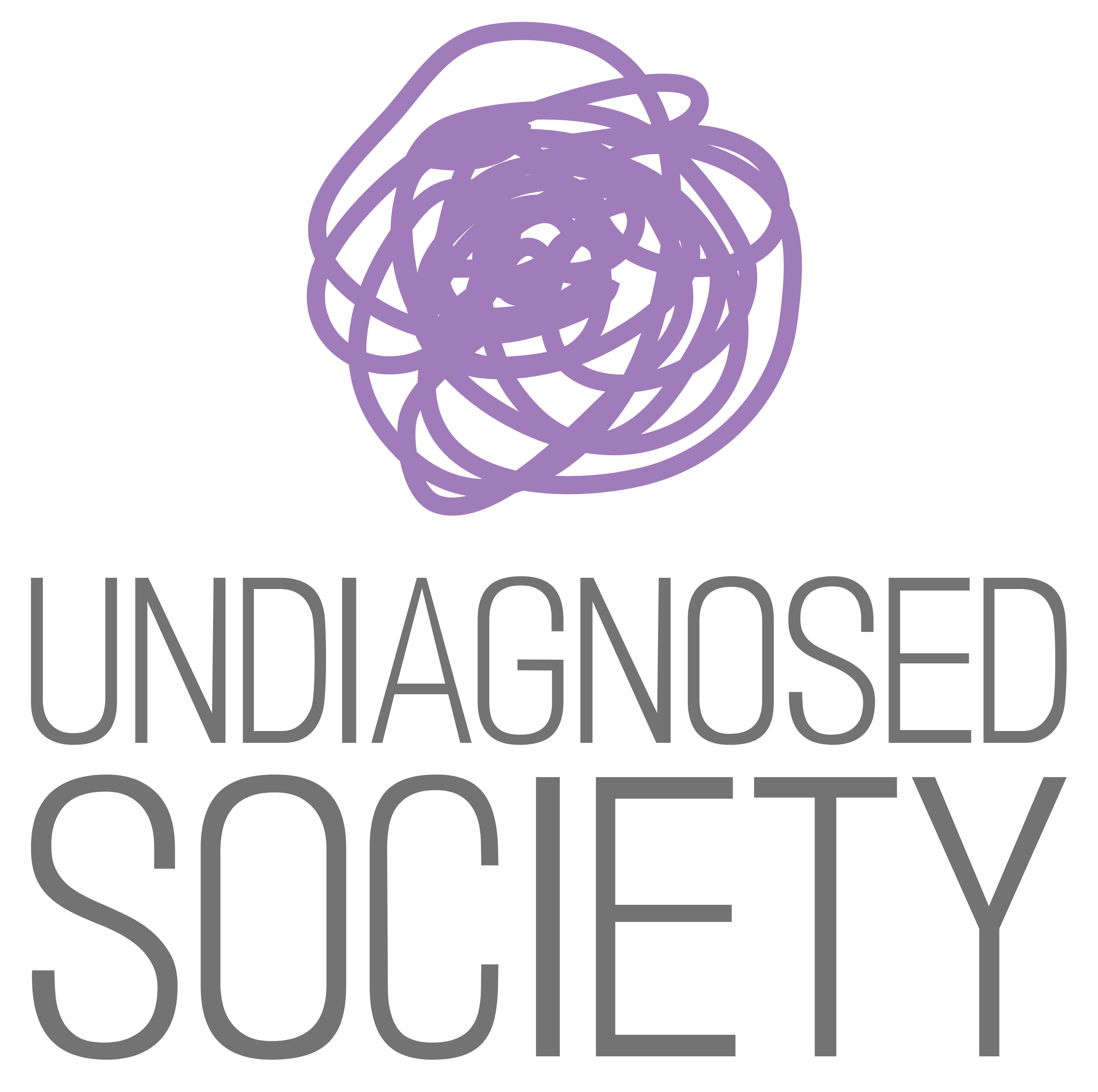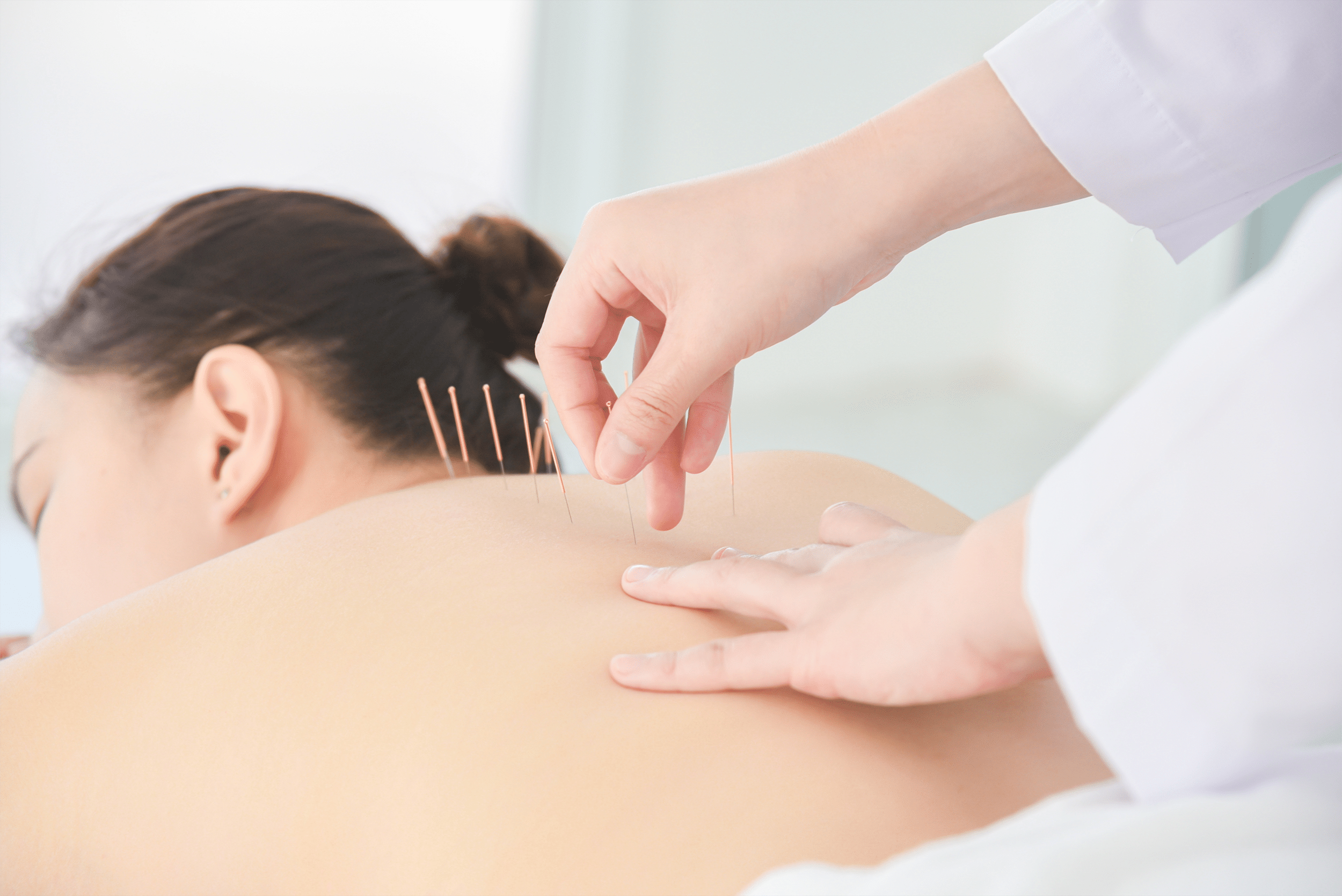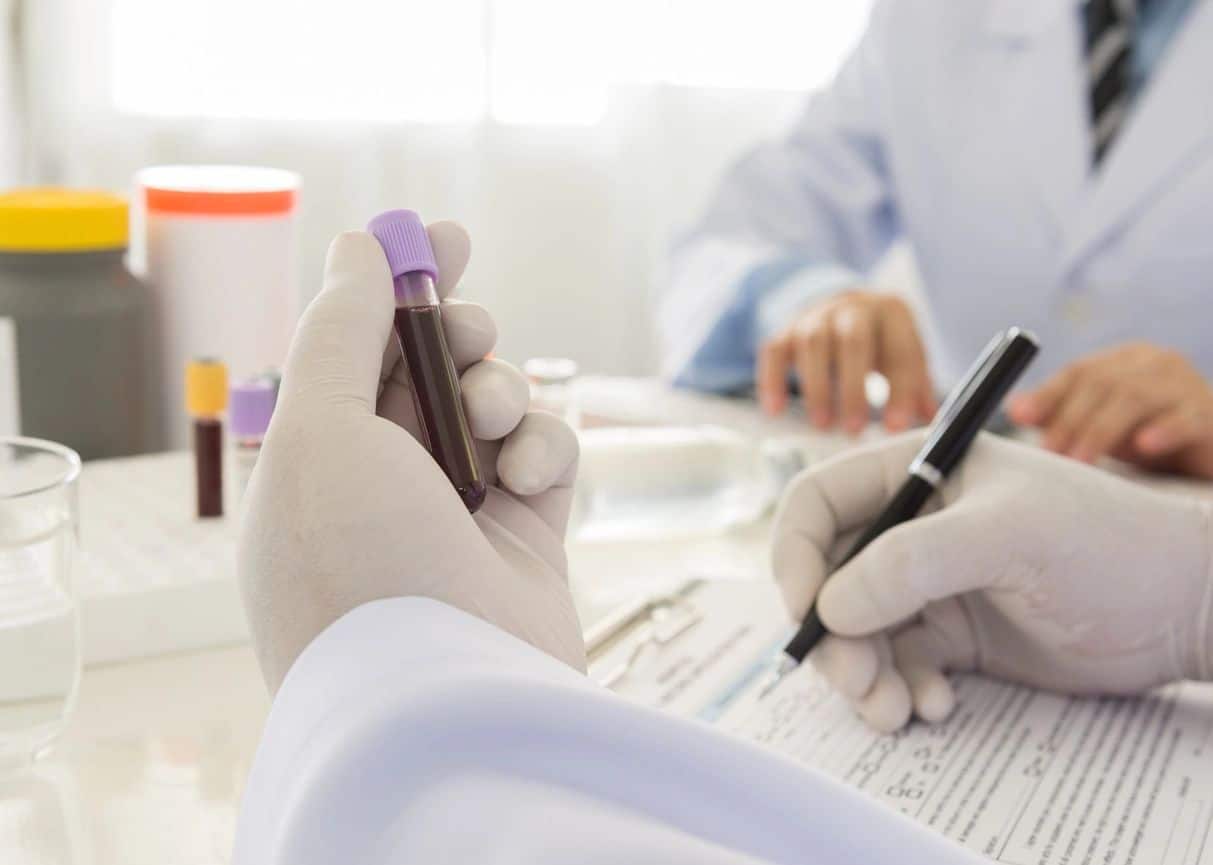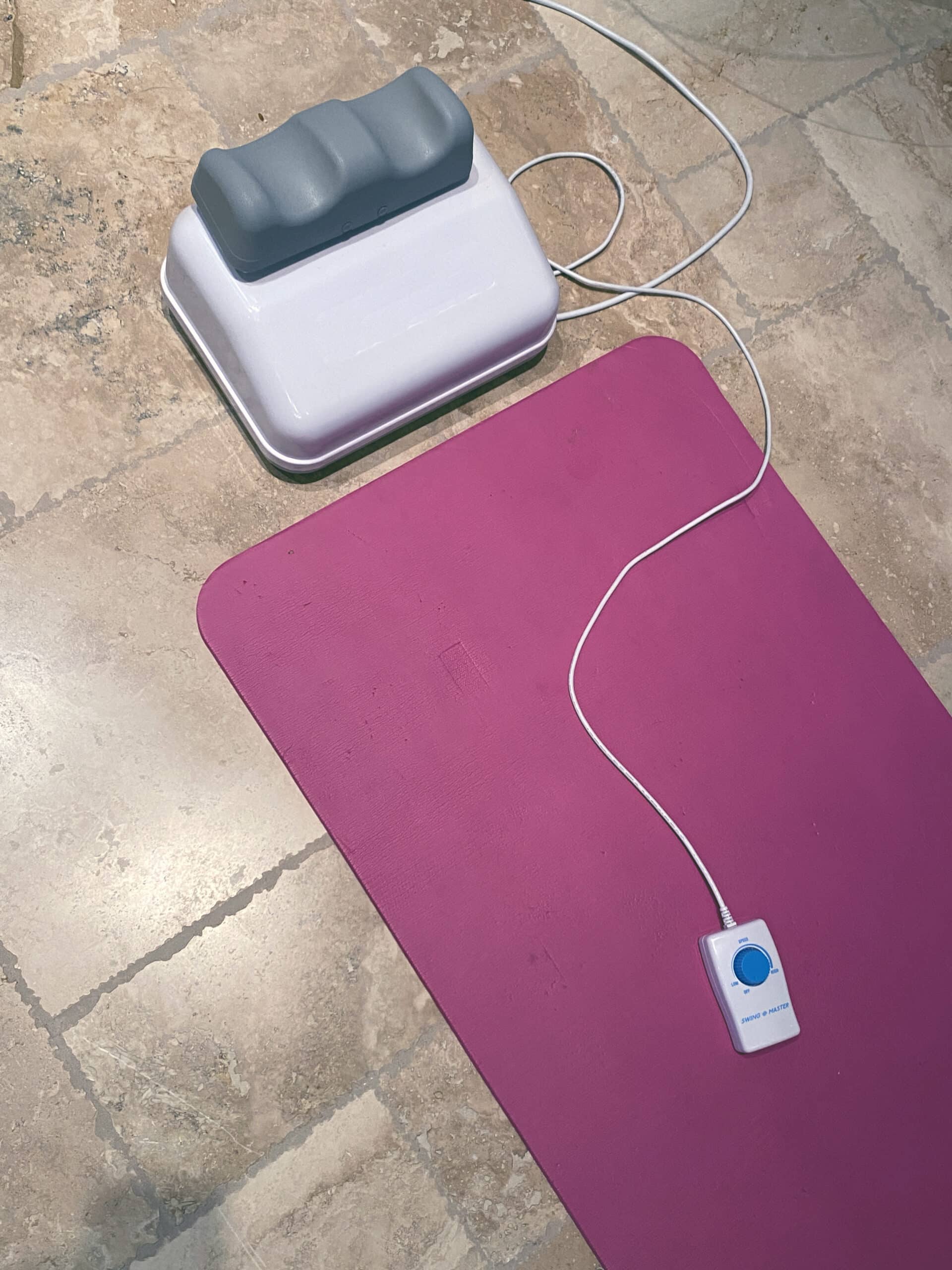
A Roller Coaster Ride of Healing
Living with Chronic Inflammatory Response Syndrome (CIRS) has been a difficult journey filled with unexpected twists and turns. Between dealing with the overwhelming fatigue, brain fog, and constant pain, I’ve often felt like my body was fighting against me. While I’ve tried various treatments to alleviate my symptoms, one of the most intense and unexpected experiences came when I decided to try ozone blood therapy. This therapy, which involves infusing medical ozone into your blood, was recommended to me as a potential way to combat the chronic inflammation and toxins that are at the root of CIRS.
What I didn’t anticipate, however, was the extreme Herxheimer reaction that followed. If you’re unfamiliar with the Herxheimer reaction, it’s essentially a healing crisis that can occur when the body is detoxing or reacting to treatments that stimulate the release of toxins from bacteria, mold, or other pathogens. The Herxheimer reaction can cause symptoms to temporarily worsen before improving, and in my case, it was nothing short of a roller coaster ride.
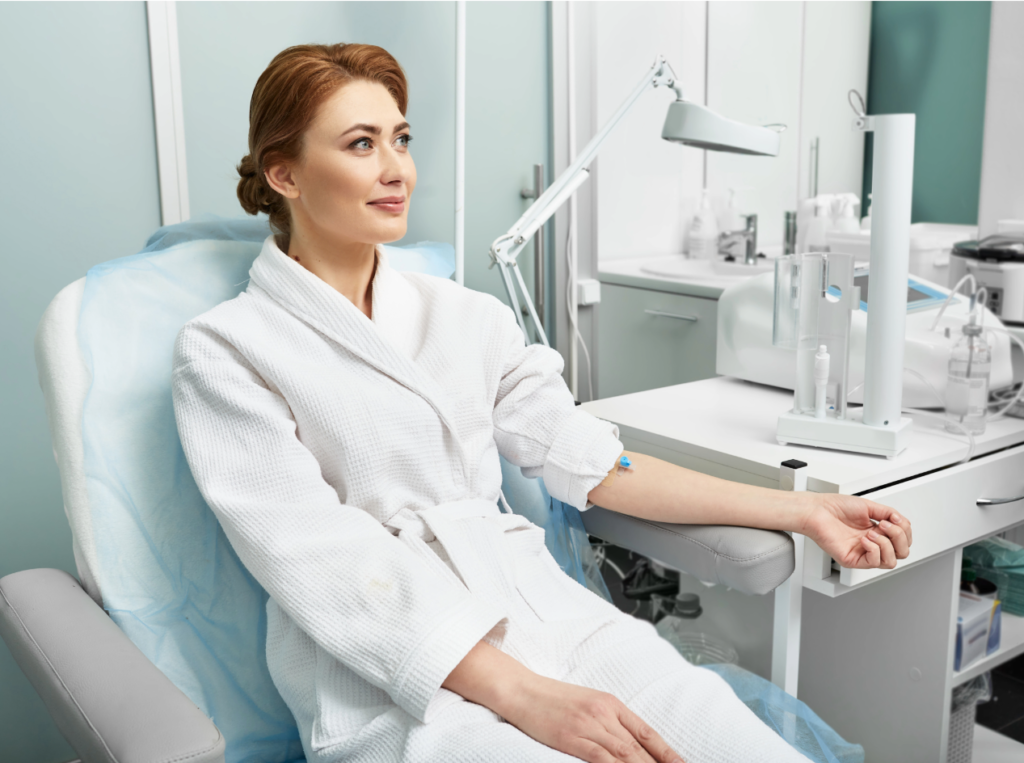
Why I Decided to Try Ozone Blood Therapy
My CIRS symptoms had been steadily worsening, despite my efforts to stick to a strict mold avoidance regimen and follow a detox protocol. I had tried multiple treatments — from antibiotics to supplements to dietary changes — but nothing seemed to fully address the underlying cause of my illness. I read about ozone therapy as an alternative treatment, explaining that it could help reduce inflammation, detoxify the body, and improve oxygen delivery to tissues. After doing some research and consulting with my doctor, I decided to give it a shot.
Ozone therapy involves introducing ozone (O3) into the bloodstream through a process called major autohemotherapy. Essentially, blood is drawn from your body, mixed with ozone, and then reinfused back into your system. This therapy is believed to help with detoxification and increase oxygen levels in the blood, potentially benefiting conditions like CIRS. Although I was hopeful, I had no idea what kind of response my body extremely sensitive body would have.
The Ozone Therapy Session
The session itself was fairly straightforward. I arrived at the clinic, had blood drawn, and then ozone was introduced into my blood via an IV. It was a very subtle treatment, much less than average, as they knew of my sensitivities. The procedure took about an hour, and during the session, I felt calm and relaxed, as the therapy didn’t cause me immediate discomfort. The idea behind the therapy is that the ozone helps to activate the immune system and promote healing, so I left the clinic feeling cautiously optimistic.
But things didn’t stay calm for long.
The Herxheimer Reaction: A Rough Start
Within a few hours of finishing the ozone therapy, I started to feel what I can only describe as a deep, overwhelming sense of intensified illness. It was as though my body was screaming in protest. My fatigue, already debilitating from CIRS, became so severe that I could barely keep my eyes open. My head started pounding in a way that felt different from the usual migraine I was used to; it was sharper and more intense. I could feel a wave of nausea and flu-like symptoms sweeping over me. My muscles felt sore, and the joint pain I had learned to manage shot through the roof and a fever began.
I knew the Herxheimer reaction was a possibility, but nothing could have prepared me for just how intense it would be. It was as if every symptom I had ever experienced with CIRS was coming back with a vengeance. My body was reacting to the influx of toxins being released into my system, and the die-off of harmful bacteria and mold my body had been holding onto seemed to trigger a full-body response. I had experienced this reaction from other tried treatments, but this was another level.
The Emotional Toll of the Herxheimer Reaction
Beyond the physical discomfort, the emotional toll was equally intense. I felt desperate and discouraged. It felt like I had taken one step forward with the ozone therapy, only to be knocked back by this onslaught of symptoms. It was hard not to feel frustrated and wonder if I had made the right choice by pursuing this treatment. I questioned whether I should have just stuck with what I knew, even if it was taking forever.
The Herxheimer reaction isn’t something you can easily prepare for mentally. No matter how much you read about it or how many people tell you it’s “normal,” the experience itself can be downright terrifying. It’s difficult to remain positive when you’re in the midst of a flare that feels like it’s worse than anything you’ve experienced before.
Riding Out the Herxheimer Reaction
I reached out to my doctor, who reassured me that what I was experiencing was part of the healing process. She explained that ozone therapy could trigger a Herxheimer reaction, as it stimulates detoxification and can cause the body to release a large amount of toxins, especially in people with conditions like CIRS, where toxic exposure plays a significant role in the illness. She encouraged me to push through, reminding me that these flare-ups are often temporary, and the body’s healing process could take time.
The days that followed were a blur of discomfort. I was exhausted, sick to my stomach, and dealing with a headache, deep chills, sweats and a fever that wouldn’t go away. But as the days passed, I started to notice a subtle shift. The severity of the symptoms slowly began to decrease. The fatigue, while still present, wasn’t as all-consuming as it had been. My brain fog began to lift slightly, and I felt like I could focus for short bursts of time again.
After a week, I felt more like myself. The Herxheimer reaction had peaked and started to subside, leaving me with a sense of clarity and a glimpse of hope that the therapy might actually be working. I wasn’t completely symptom-free, but the intensity of the reaction made me realize that my body had, in fact, been holding onto a lot of toxins. The ozone therapy had stirred up a deeper layer of healing that I hadn’t anticipated.
What I’ve Learned About Ozone Blood Therapy and the Herxheimer Reaction
Going through the Herxheimer reaction with ozone blood therapy was one of the most challenging experiences I’ve had on my CIRS journey. However, it also taught me an important lesson about healing: sometimes things get worse before they get better. Healing from chronic illnesses like CIRS isn’t linear—it’s a messy, complicated process that requires patience, perseverance, and trust in the body’s ability to recover.
I’ve also learned that, while ozone therapy may not be for everyone (it’s definitely not for me, at this stage of healing anyway), it can be an incredibly effective tool for some people with CIRS. If you’re considering ozone blood therapy or any other treatment for CIRS, it’s important to be prepared for the potential ups and downs. Talk to your doctor, understand the risks, and know that your body may react in unexpected ways. But also know that sometimes, the hardest healing moments can lead to the most significant breakthroughs. I’m learning to trust the process, and I’m hopeful I’ll find the right combination of treatments that will continue to help me regain control over my health.
Healing is a marathon, not a sprint—but every step forward, even through the discomfort, brings me closer to feeling better. And for that, I’m grateful.
